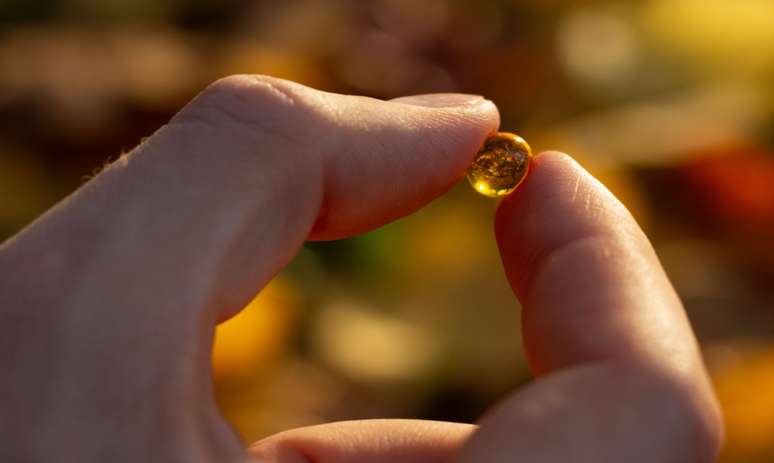Try salt substitutes
There are tasty and healthy alternatives to common table salt. Seaweed salts (kelp or kelp) and gomasio or sesame salt are perhaps the tastiest and most tried and true. They can be used in the same way as usual – poured into a salt shaker and seasoned with food. The sodium content of these substitutes is low and the exotic taste will help open new taste facets!
Eat more spices and herbs
One way to disguise salt reduction (especially if you haven’t limited yourself to it before) is to generously season your foods with salt-free seasonings, such as herbs and spices. Use garlic, onions, lemon juice, onion powder and experiment with fresh and dried herbs.
…and more fiber
Lentils, beans, whole grains, fruits and vegetables—anything high in fiber—helps lower blood pressure. These foods help support cardiovascular health not only through their fiber content, but also through micronutrients and antioxidants.
Cook more often at home (and take lunch with you)
It’s no secret that we get high amounts of sodium from two main sources: processed foods and foodservice. So, one of the most effective ways to drastically reduce your sodium intake is to stop eating out. But you may not be ready to give up eating out altogether. So the best strategy is to know what you’re ordering and choose meals that are low in sodium.









